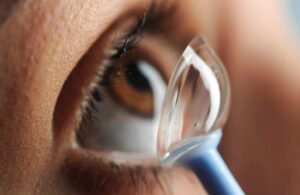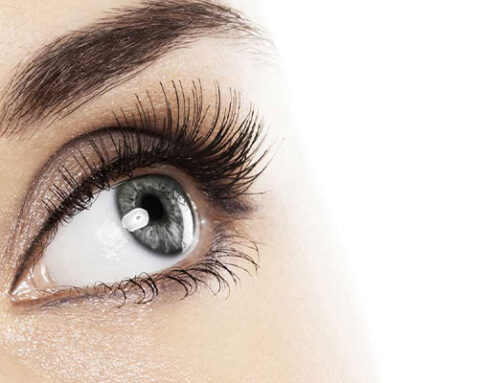8 Frequently Asked Questions on Contact Lenses for Keratoconus
 Keratoconus is a progressive eye condition characterized by the thinning and bulging of the cornea, leading to visual distortions and other symptoms. Contact lenses are often the primary method of vision correction for individuals with keratoconus. In this blog post, we will address some frequently asked questions about contact lenses for keratoconus, providing valuable insights and guidance for those seeking vision correction options.
Keratoconus is a progressive eye condition characterized by the thinning and bulging of the cornea, leading to visual distortions and other symptoms. Contact lenses are often the primary method of vision correction for individuals with keratoconus. In this blog post, we will address some frequently asked questions about contact lenses for keratoconus, providing valuable insights and guidance for those seeking vision correction options.
1. What type of contact lenses are suitable for keratoconus?
Specialty contact lenses, such as rigid gas permeable (RGP) lenses, hybrid lenses, and scleral lenses, are commonly prescribed for keratoconus. These lenses provide a smooth optical surface, compensating for the irregular shape of the cornea and improving vision.
2. How do RGP lenses help with keratoconus?
RGP lenses are rigid lenses that create a regular surface on the cornea, allowing light to focus properly on the retina. They provide excellent visual acuity and help correct the distorted vision caused by keratoconus.
3. What are hybrid lenses, and how do they benefit those with keratoconus?
Hybrid lenses have a rigid center for clear vision and a soft outer ring for enhanced comfort. The rigid center corrects the irregular cornea, while the soft outer ring provides a cushioning effect. Hybrid lenses offer improved visual acuity and greater comfort compared to traditional RGP lenses.
4. How do scleral lenses help individuals with keratoconus?
Scleral lenses are larger gas-permeable lenses that vault over the cornea and rest on the sclera (white part of the eye). They create a tear-filled space between the lens and the cornea, providing a smooth optical surface and improving visual clarity. Scleral lenses are known for their stability, comfort, and ability to correct significant corneal irregularities.
5. Can soft contact lenses be used for keratoconus?
Soft contact lenses are generally not recommended for keratoconus due to their flexibility and inability to correct the irregular corneal shape effectively. However, some specialized soft lenses called “piggyback” lenses may be used in combination with RGP lenses to improve comfort in certain cases.
6. Do I need a special prescription for contact lenses for keratoconus?
Yes, contact lenses for keratoconus require a custom fitting and prescription. A thorough evaluation by an experienced eye care professional is necessary to assess your corneal shape and determine the best contact lens option for your specific needs.
7. Are contact lenses the only option for vision correction in keratoconus?
While contact lenses are the primary method of vision correction for keratoconus, other interventions such as corneal cross-linking, Intacs, topography-guided laser surgeries, or corneal transplantation may be considered depending on the severity and progression of the condition.
8. How often do I need to replace my contact lenses for keratoconus?
The replacement schedule for contact lenses will depend on the type of lenses prescribed and the recommendation of your eye care professional. RGP lenses typically have a longer lifespan than soft lenses, but it is essential to follow the specific instructions provided by your eye care professional.
Contact lenses offer effective vision correction for individuals with keratoconus, improving visual acuity and enhancing quality of life. Rigid gas permeable (RGP) lenses, hybrid lenses, and scleral lenses are commonly prescribed to address the unique challenges of keratoconus. It is crucial to consult with an experienced eye care professional who can evaluate your specific needs and provide the most suitable contact lens option for your condition. Regular follow-up visits and adherence to proper lens care guidelines will ensure optimal visual correction and comfort.







